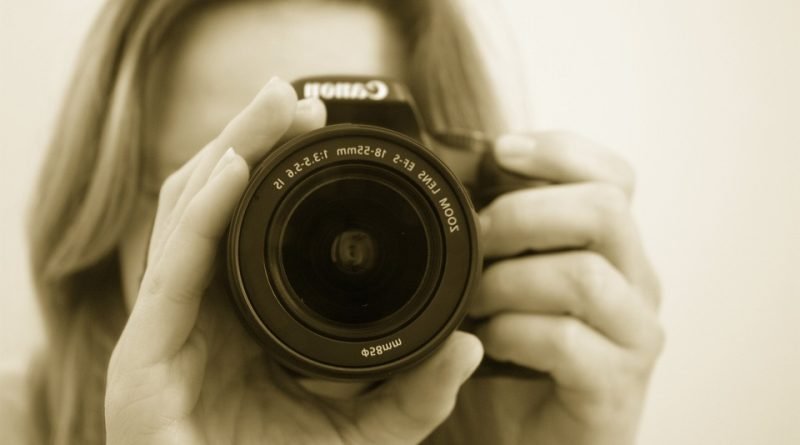Beyond Megapixels: Unpacking the Differences Between Phone Cameras and APS-C Cameras
In today’s digital age, smartphones have become the go-to device for capturing everyday moments. With their convenience, portability, and impressive camera capabilities, it’s no wonder that many people rely solely on their phone cameras for photography. However, for those who are looking to take their photography to the next level, APS-C cameras offer a significant upgrade in image quality, versatility, and control.
One of the key differences between phone cameras and APS-C cameras is the size of the image sensor. Phone cameras typically have small sensors, ranging from 1/3″ to 1/2.55″ in size. In comparison, APS-C cameras are equipped with larger sensors, measuring approximately 22.2mm x 14.8mm. The larger sensor size of APS-C cameras allows them to capture more light, resulting in higher image quality, better low-light performance, and greater dynamic range.
Another important difference is the lens quality and versatility. Phone cameras are equipped with fixed focal length lenses, limiting the flexibility and creative possibilities of your shots. In contrast, APS-C cameras have interchangeable lenses that allow you to achieve different perspectives, focal lengths, and styles of photography. From wide-angle landscapes to telephoto portraits, the options are endless with APS-C cameras.
Furthermore, APS-C cameras offer more manual control over settings such as aperture, shutter speed, and ISO. This level of control allows photographers to fine-tune their images and achieve the desired look and feel. While some high-end smartphones offer manual camera modes, they still lack the depth and precision of adjustments available on APS-C cameras.
When it comes to image resolution, smartphone cameras often boast high megapixel counts, with some models reaching up to 108MP. While higher megapixels can result in more detailed images, they do not necessarily equate to better image quality. The larger sensor size and superior optics of APS-C cameras often produce sharper, more nuanced images with greater clarity and color accuracy.
In terms of affordability, smartphone cameras are undoubtedly more budget-friendly than APS-C cameras. However, investing in an APS-C camera can be a worthwhile investment for those who are serious about photography and want to elevate their skills to a professional level. With greater image quality, versatility, and control, APS-C cameras offer a more immersive and rewarding photographic experience.
In conclusion, while phone cameras have come a long way in terms of performance and convenience, they still cannot match the image quality, versatility, and manual control of APS-C cameras. For photographers who are looking to take their craft to the next level, investing in an APS-C camera is a smart choice. Beyond megapixels, the differences between phone cameras and APS-C cameras are vast, ultimately providing enthusiasts and professionals with the tools they need to capture stunning, high-quality images.
